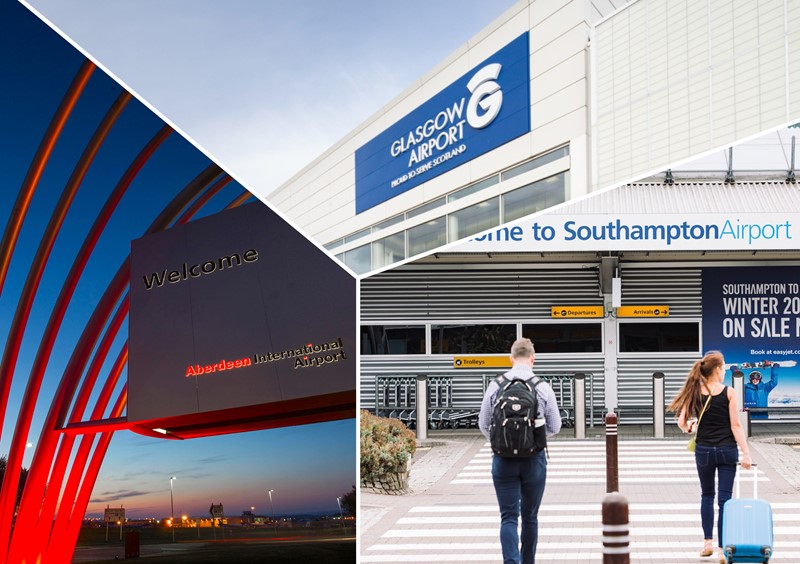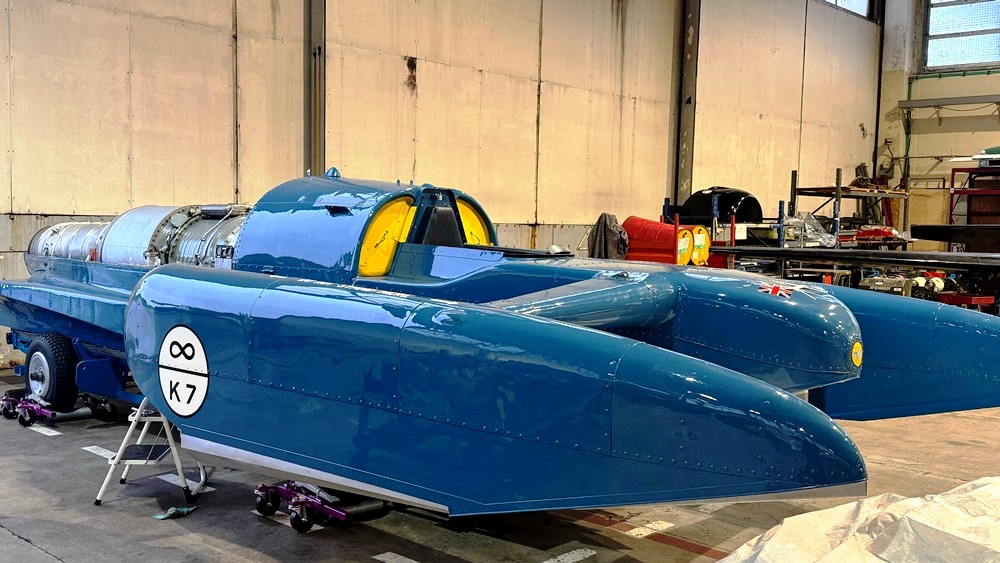Construction of DARTeC underway

The brand-new £65 million research facility for digital aviation will develop ways for aircraft to monitor, test and upgrade their own systems and structures, as well as looking at the future of the passenger experience from airport through to flight. Curtins has extensive experience working within the higher education sector and is providing structural, civil and geo-environmental services for the project.
The team’s main focus has been on the creation of a large canopy that will provide protection for an air-craft whilst making it accessible and aesthetically in-line with the adjacent building.
The canopy and building roofs mirror each other to form matching ‘stealth fighter’ profiles when viewed from above. The roof comprises of two 3D triangular trusses, defining the edge of the roof light and allowing for a grand vaulted ceiling that provides uninterrupted floor space.
The canopy is supported on three inverted V-shape columns with an arrangement of 42 metre trusses which span the distance needed to clear the plane. These trusses support the cantilever arrangement which allows the plane in and out of its new accommodation.
Associate Matt Woodhall is leading the design of the project from Curtins’ Birmingham office. He said: “This project represents an important investment at Cranfield University, ensuring that it is a leading centre for aviation technology. We are delighted to be providing world-class facilities that will directly and positively impact the aviation industry as we move towards a more automated future.
“The structure of this new research centre is a really interesting structure with a truly unique roof design. The canopy produced needs to be able to house a full-size aircraft, as well as being a functional and cutting edge research facility.”
Collaborative open plan office space operates alongside technical laboratory platforms and research facilities. The double storey atrium provides an informal break out feature, encouraging staff and students to share and engage ideas. The building will house some of the latest aviation technology, from radar equipment to autonomous drones.
Professor Graham Braithwaite at Cranfield University said: “Digital Aviation Research and Technology Centre (DARTeC) will be a flagship research facility that will help unlock the potential of digital aviation. Working with our partners in DARTeC, we are looking to develop new digital solutions to tackle the challenges of over-capacity in both airports and airspace, develop improved passenger experiences and create more sustainable air travel.”
The building is expected to be completed next year and open in 2020.










